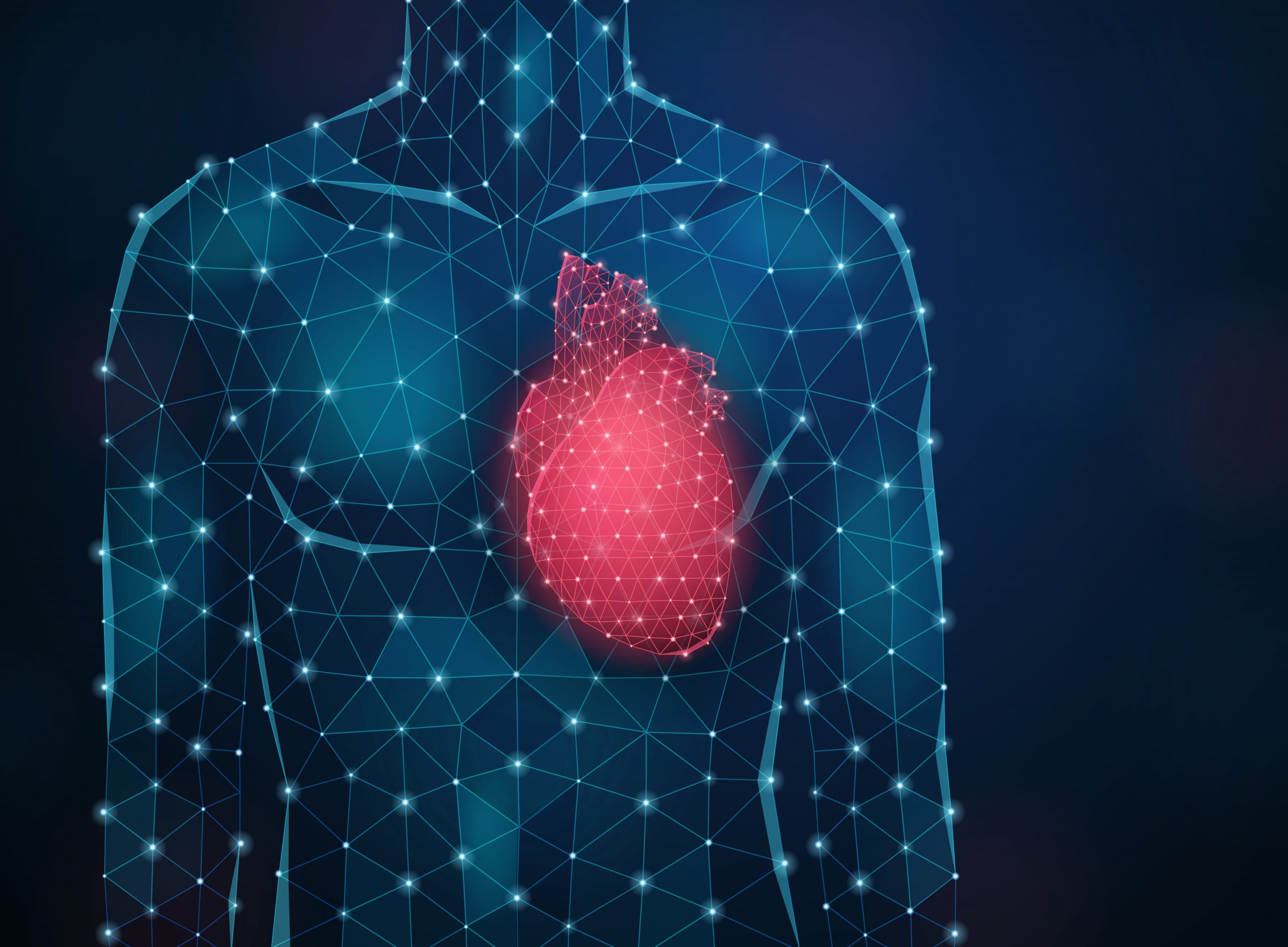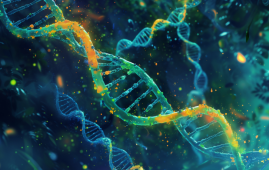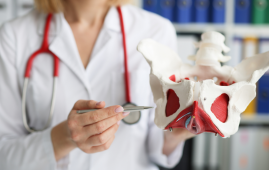

The biggest cause of adult death worldwide is coronary heart disease. The coronary angiography method serves as the clinical gold standard for practically all clinical decision-making related to heart performance, from pharmaceuticals through coronary bypass surgery. Quantifying left ventricular ejection fraction (LVEF) during coronary angiography is crucial in many circumstances to enhance clinical decision-making and treatment decisions for heart performance, especially when angiography is conducted for potentially life-threatening acute coronary syndromes (ACS).
Because the left ventricle is the heart’s pumping center, monitoring the ejection fraction in the chamber offers important information about the percentage of blood that leaves the heart each time it contracts. Currently, evaluating LVEF during angiography needs an additional invasive procedure termed left ventriculography, which involves inserting a catheter into the left ventricle and injecting contrast dye, which entails additional hazards and increases contrast exposure.
Senior author and UCSF cardiologist Geoff Tison, MD, MPH, and first author Robert Avram, MD, of the Montreal Heart Institute set out to see if deep neural networks (DNNs), a type of AI algorithm, could be used to predict cardiac pump (contractile) function from standard angiogram videos in a study published in JAMA Cardiology. They created and evaluated CathEF, a DNN that estimates LVEF from coronary angiograms of the left side of the heart.
“CathEF offers a novel approach that leverages data that is routinely collected during every angiogram to provide information that is not currently available to clinicians during angiography, effectively expanding the utility of medical data with AI and provides real-time LVEF information that informs clinical decision-making,” said Tison, UCSF associate professor of Medicine and Cardiology.
A video-based neural network was trained to estimate reduced LVEF (less than or equal to 40%) and predict (continuous) LVEF percentage from standard angiogram videos of the left coronary artery in a cross-sectional study of 4,042 adult angiograms matched with corresponding transthoracic echocardiograms (TTEs) from 3,679 UCSF patients.
CathEF accurately predicted LVEF, with good correlations to echocardiographic LVEF values, the standard noninvasive clinical technique, according to the findings. External validation was also performed on real-world angiograms from the Ottawa Heart Institute. The method performed well across a variety of patient demographics and clinical circumstances, including acute coronary syndromes and varied levels of renal function—patient populations that may be less well suited to the traditional left ventriculogram procedure.
“This study presents a novel method for assessing LVEF, an important measure of heart performance, during any routine coronary angiography without requiring additional procedures or increasing cost,” said Avram, an interventional cardiologist and former UCSF research fellow. “LVEF is essential for making decisions during the procedure and for managing patient care.”
Despite the fact that the algorithm was trained on a large dataset of UCSF angiograms and then validated in a dataset from the Ottawa Heart Institute, the researchers are conducting additional research to test this algorithm at the point-of-care and determine its impact on clinical workflow in patients suffering from heart attacks. To that goal, a multi-center prospective validation study in ACS patients is being conducted to compare the performance of CathEF and the left ventriculogram with TTEs performed within 7 days of the onset of ACS.
This work demonstrates that AI technology has the potential to reduce the need for invasive testing and improve the diagnostic capabilities of cardiologists, ultimately improving patient outcomes and quality of life,” said Tison.
more recommended stories
 Gestational Diabetes Risk Identified by Blood Metabolites
Gestational Diabetes Risk Identified by Blood MetabolitesKey Takeaways (Quick Summary for Clinicians).
 Phage Therapy Study Reveals RNA-Based Infection Control
Phage Therapy Study Reveals RNA-Based Infection ControlKey Takeaways (Quick Summary) Researchers uncovered.
 Pelvic Floor Disorders: Treatable Yet Often Ignored
Pelvic Floor Disorders: Treatable Yet Often IgnoredKey Takeaways (Quick Summary) Pelvic floor.
 Urine-Based microRNA Aging Clock Predicts Biological Age
Urine-Based microRNA Aging Clock Predicts Biological AgeKey Takeaways (Quick Summary) Researchers developed.
 Circadian Control of Neutrophils in Myocardial Infarction
Circadian Control of Neutrophils in Myocardial InfarctionKey Takeaways for HCPs Neutrophil activity.
 E-Cigarette Use and Heart Attack Risk in Former Smokers
E-Cigarette Use and Heart Attack Risk in Former SmokersKey Takeaways for Clinicians and Nurses.
 36-Week Pre-eclampsia Screening May Reduce Term Risk
36-Week Pre-eclampsia Screening May Reduce Term RiskA New Preventive Strategy for Term.
 Cardiovascular Risk and Sudden Cardiac Death in Diabetes
Cardiovascular Risk and Sudden Cardiac Death in DiabetesRising Sudden Cardiac Death (SCD) Risk.
 Poor Kidney Function and Alzheimer’s Biomarkers Explained
Poor Kidney Function and Alzheimer’s Biomarkers ExplainedPoor kidney function may influence levels.
 Walking Speed Before Hip Replacement Predicts Recovery
Walking Speed Before Hip Replacement Predicts RecoveryNew Evidence Points to a Simple,.

Leave a Comment